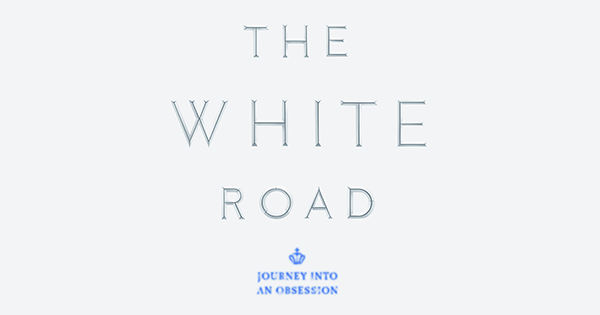
Porcelain goes by many names: white gold, china, alchemy. “Porcelain,” Edmund de Waal writes, “is the Arcanum. It is a mystery. For 500 years no one in the West knew how porcelain is made.” At one point, the recipe was surmised to be “a certain juice which coalesces underground,” or else made from a paste of “eggshells and shells of umbilical fish.” De Waal’s new book, The White Road, is devoted to the question of porcelain: who made it, what it means, where it came from. To this end, he travels to three epicenters of porcelain manufacture, “three white hills in China and Germany and England,” where the desire for purest white was sometimes marred by blood.
Porcelain, as the befuddled Westerners of the 18th century eventually learned, is formed by heating petunse and kaolin—minerals and clay—to extraordinary temperatures. It’s been made for more than a thousand years in China, and coveted for as long. Here is an excerpt from de Waal’s time in Jingdezhen, “the city of porcelain, the fabled Ur where it all starts; kiln chimneys burning all night, the city ‘like one furnace with many vent holes of flame.’”
My guide takes me for noodles and then on to the street of reproductions. It is opening up already. It is seven feet across, tight with workshops and stores, a woman with her barrow of chillies pushing through. It starts with a bang, a store selling nothing but imperial yellow, five-toed-dragon porcelain, and a cheerful young woman nursing her baby while the deep store blazes with every coveted stem cup, vase and dish stacked eight deep on the shelves. I stumble a little after several hundred yards of what seem to be impeccable Qing porcelains when I come across a run of shops selling twelfth-century porcelains, each of the famous glaze effects in bulk. So what do you want? How much do you want? You want that smoky blue-and-white where the glazes have run and it looks like a landscape in the rain?
I buy seven Tang bowls for $5 each. They have been properly aged.
This is skill, another skill. I watch as a man dips a fat old brush in red clay slip and washes it over the bases of his olive-green jars until it gathers and encrusts in the hot air into that crumbly just-dug-up way. A few shops down there is a haphazard pile of cups and jars – sixteenth-century porcelains from last week – over which a man is splashing an acid solution. It bites into the glaze and abrades it in a usefully random way.
This level of authenticity – the grasses matted to the insides of my bowls, the cloacal dirt deep in the seams of these gorgeous celadons that I’m coveting and wondering how to get home – is a fabulous flowering of how the market works.
We can do authenticity if authenticity is what you want.
Someone has fired vases into saggars for those who like a bit of rough around their porcelain. I look approvingly at them. There are shops as full as the trenches of the terracotta warriors.
Excerpted from The White Road: Journey into an Obsession by Edmund de Waal, published in November 2015 by Farrar, Straus and Giroux, LLC. Copyright (C) 2015 by Edmund de Waal. All rights reserved.

